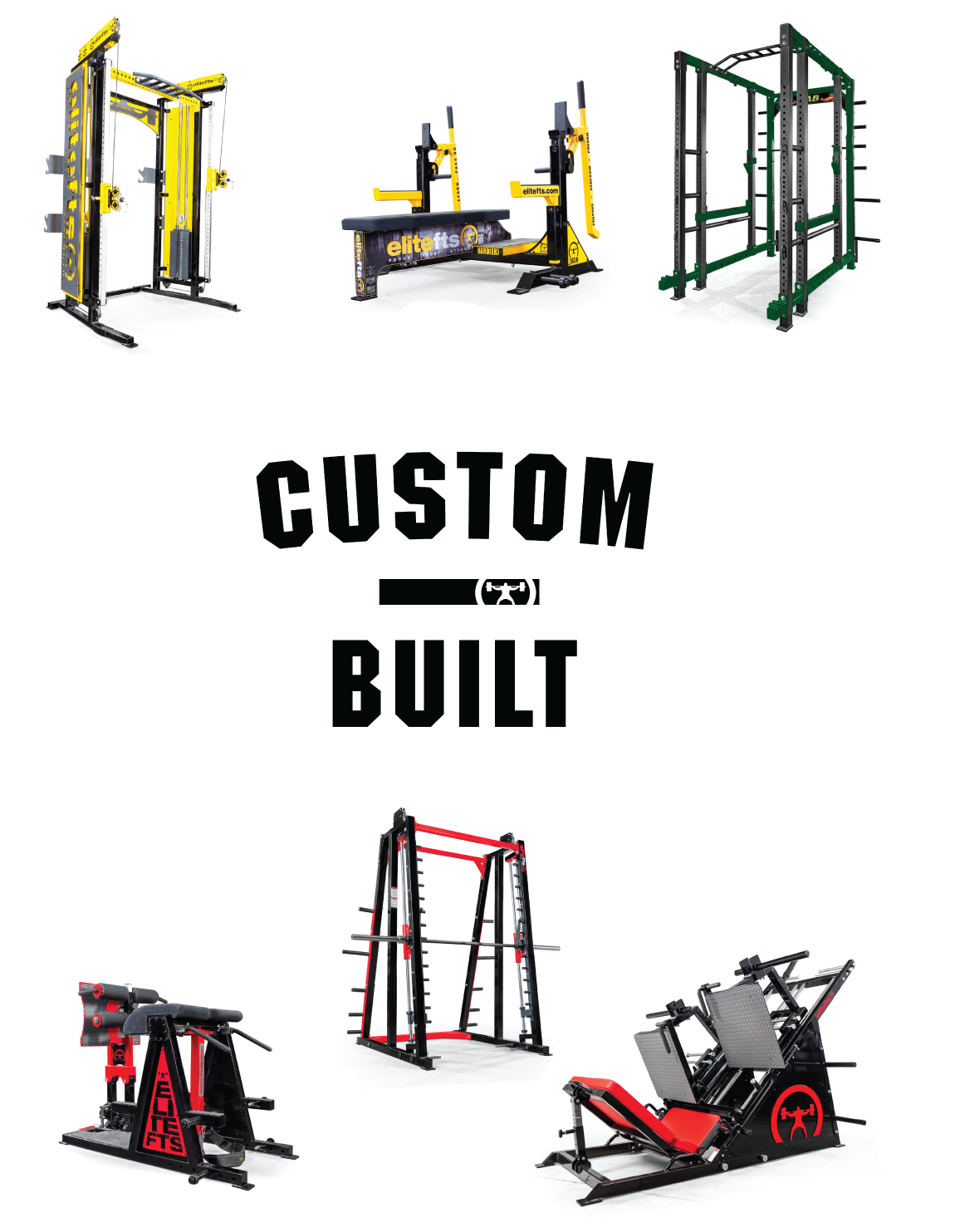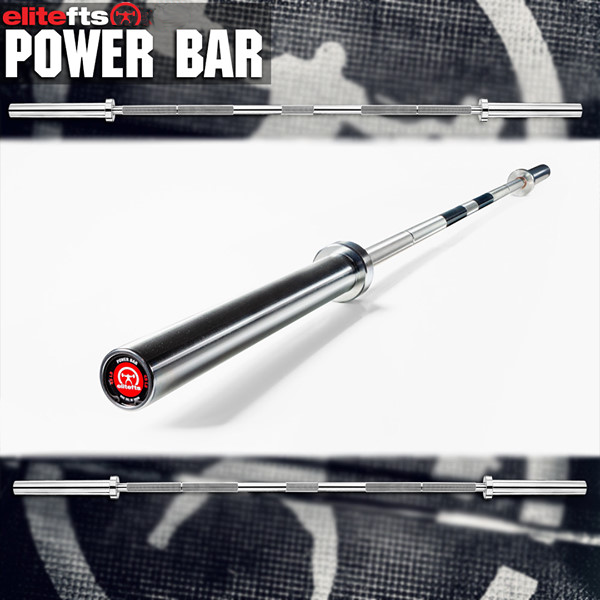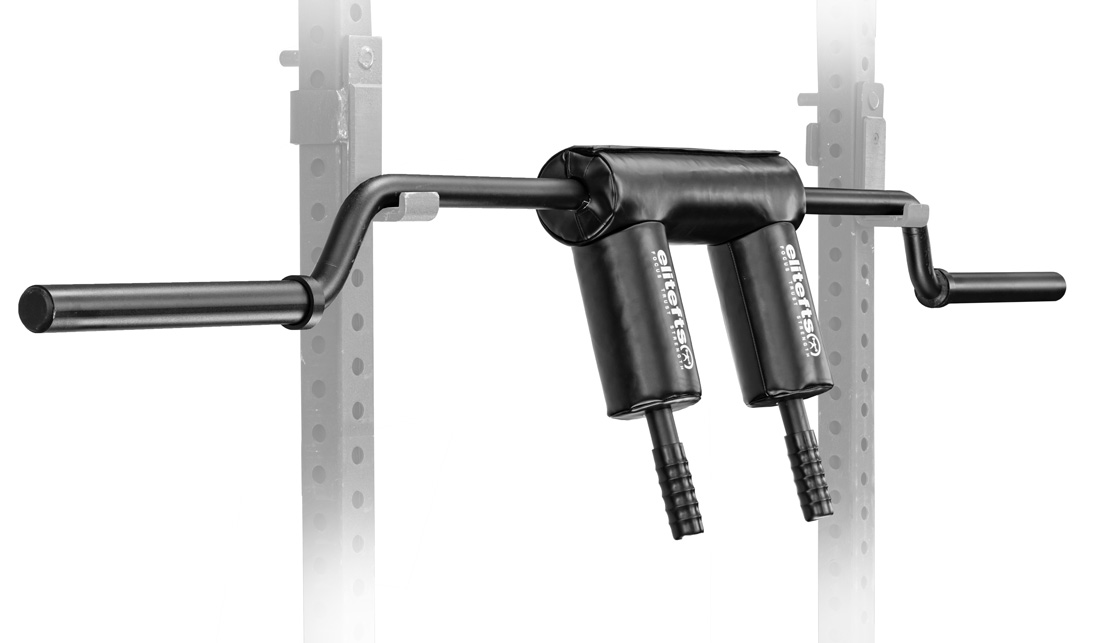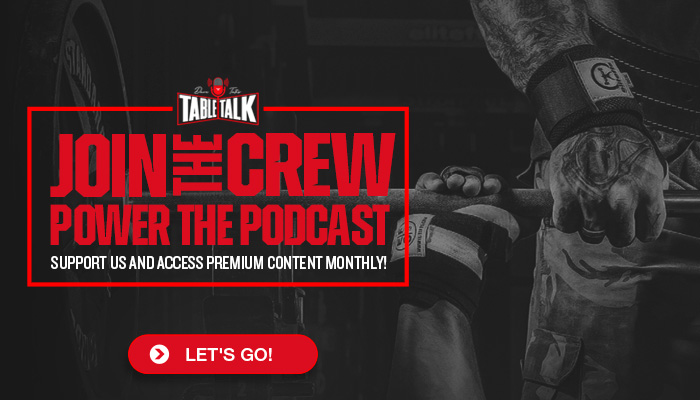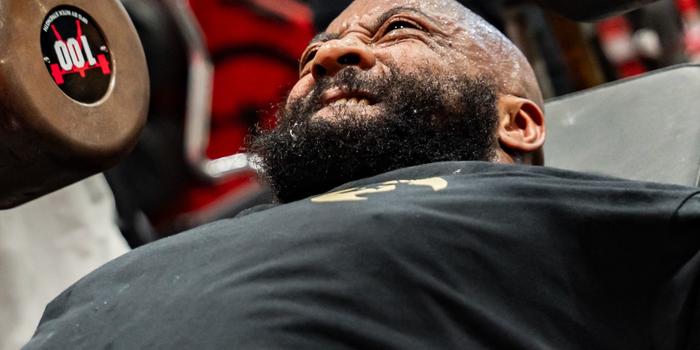
Last month, I told you about how I’ve been navigating an entirely new bodily experience since 2020, when COVID cut the lives of so many people into a before and an after. In my after, I became this new old person, with a new old chronic pain, and an overall unfamiliar health landscape. That meant navigating sports performance as well: one of the conditions of surviving the turbulent landing in Oldageland is to hang on to what works, and that is lifting for me.
A lot of my efforts have been to equip myself with good tools for this new journey, and cannabis has been one of them. To be honest, it was often the most important of my tools: cannabis helped me achieve a better management of my pain and move beyond a permanent state of urgency. It helped me develop a different attitude towards pain, and, indirectly, towards life.
Until a few months back, I lived in the interstices of a single constant imperative: escape pain. Everything else depended on the intensity of the pain that day. In time, I did what most patients under the same conditions do: I reprogrammed myself around my pain, pain awareness, pain intensity, and the fear and expectation of pain’s fluctuations. That was when I transitioned from using opioids and the ineffective epidural steroid injections, to adopting a whole different approach involving diet, my training experiments, and cannabis. It was a move that I could do: I live in Oklahoma, a state that approved its medical marijuana program in 2018. I am enrolled in the program as a patient, and I also work in the industry, at an extraction lab. I invested and still invest a lot of time examining the medical research literature on cannabis as well as the technology developments, in particular the literature on product development for clinical use. For the past two years, I’ve been gradually adjusting my treatment: I use an oral capsule with a 1:1 CBD:THC preparation that I administer according to my pain intensity.
Psychoactive delta-9-tetrahydrocannabinol (THC) and non-psychoactive cannabidiol (CBD) are the main pharmacologically active compounds of Cannabis sativa. These compounds have been under extensive investigation, and their potent antioxidant and inflammatory properties have been reported, although the detailed mechanisms of their actions have not been fully clarified. CB1 receptors are suggested to be responsible for the analgesic effect of THC, while CB2 receptors may account for its immunomodulatory properties. Unlike THC, CBD has a very low affinity for both CB1 and CB2 receptors, and behaves as their negative allosteric modulator. CBD activity, as a CB2 receptor inverse agonist, could be important for CBD anti-inflammatory properties
THC is usually avoided because of its psychoactive properties. While these properties may impair many activities, decrease others’ efficiency, or even be banned, as is the case with Olympic sports, I see no reason to avoid THC if none of these factors is an issue. All the applications I talk about here refer to full-spectrum products unless otherwise specified because I don’t need to avoid THC: I am not competing in an Olympic or drug tested sport, nor do I work anywhere that requires being THC-free and drug tested.
CBD may help to counteract some of the less desirable side effects associated with THC, such as anxiety or paranoia. This suggests that combining the two cannabinoids can potentially broaden the therapeutic window of THC, allowing for higher doses and potentially greater efficacy in treating certain conditions like spasticity and central pain.
The bottom line is that cannabinoids work well together, a phenomenon often referred to as the "entourage effect." To my understanding, this effect can be mostly attributed to synergistic drug-drug interactions, which are more or less expected for plant secondary metabolites.
Cannabis can play a central role in the lives of older athletes in the following classes of action:
1. Pain Management
This was my first interest in cannabis. As is the case with many chronic pain patients, I came from a frustrating experience with opioid treatment and gradually turned to cannabis as pain therapy.
Mechanism: Cannabinoids are believed to modulate pain pathways through interactions with the endocannabinoid system, potentially influencing cannabinoid receptors (CB1 and CB2), adenosine A2A receptors, and serotonin pathways. It may also regulate inflammatory processes that contribute to pain. Topical application of CBD in elite athletes with chronic lower extremity pain has been shown to improve self-reported pain.
Application: Cannabis could help athletes manage both chronic and acute pain from sprains and strains. Research suggests even CBD in isolation may be effective for long-term pain management.
Cannabis also has the effect of promoting an emotional detachment from the experience of pain itself, allowing us to successfully self-regulate and work on perhaps the most important step in pain management: pain acceptance.
2. Anti-Inflammatory Effects
Some of cannabis’ anti-inflammatory activity is responsible for its nociceptive effect. Given the hyper inflammatory nature of many chronic diseases, certainly the one I manage, this is a major interest for me. It is certainly of interest to athletes given the advantage cannabinoids have over NSAIDs. One particularly attractive to those of us also using dietary strategies to combat inflammation and pain is the fact that cannabinoids are microbiome-friendly, unlike NSAIDs.
Mechanism: Cannabinoids interact with receptors involved in controlling inflammation, including CB1, CB2, TRPV1, PPARγ, and adenosine A2A receptors, also involved in nociception. It has also been shown to decrease inflammatory markers like cytokines (e.g., IL-6, IL-1, TNFα) and potentially enhance healing by promoting arachidonic acid release.
Application: From managing severe chronic pain to potentially accelerating recovery and minimizing delayed onset muscle soreness (DOMS), cannabis’ anti-inflammatory action may be one of its most important properties to athletes. However, some evidence suggests the effect on recovery might be modest.
3. Muscle Recovery
Mechanism: Preliminary studies indicate that cannabinoids might attenuate muscle damage, potentially improving strength and aiding in the reduction of creatine kinase and myoglobin levels (markers of muscle damage).
Application: Cannabis may help athletes recover faster from intense training and competitions by reducing muscle soreness and supporting muscle repair processes.
4. Neuroprotection
Mechanism: Cannabis demonstrates neuroprotective properties, including antioxidant, antimicrobial, and anti-inflammatory effects, and the ability to cross the blood-brain barrier. It can influence neurotransmitter systems (glutamate, GABA, dopamine, serotonin), protect against excitotoxicity, promote neurogenesis, and regulate cerebral blood flow.
Application: Cannabis has been explored as a potential therapeutic agent in the management of sports-related traumatic brain injuries (TBI) and concussions by mitigating secondary damage mechanisms and promoting brain restoration.
5. Anxiety and Stress Relief
Mechanism: Cannabis interacts with the endocannabinoid system, increasing anandamide signaling (linked to well-being) and influencing serotonin receptors (5-HT1A) to reduce anxiety levels. It also affects the hypothalamic-pituitary-adrenal axis, reducing stress hormone (cortisol) production.
Application: CBD's anxiolytic effects may help athletes manage performance anxiety, stress, and promote mental well-being for better focus and overall performance.
6. Sleep Improvement
Mechanism: Cannabis interacts with the endocannabinoid system to regulate the sleep-wake cycle. It affects adenosine receptors (promoting relaxation) and GABAergic neurotransmission (promoting drowsiness), potentially improving sleep initiation, continuity, and quality. Cannabis' anxiolytic effects may also indirectly aid sleep by reducing stress-induced sleep disruptions.
Application: Improved sleep quality and duration are crucial for recovery and performance.
7. Injury Prevention
Mechanism: Cannabis has demonstrated muscle relaxant properties, potentially reducing muscle tension and spasms. It also interacts with receptors and neurotransmitters involved in regulating muscle function.
Application: Cannabis might help prevent injuries by reducing muscle spasms, improving muscle function, and promoting a more relaxed state.
9. Gastrointestinal Health
Mechanism: Research suggests cannabis might be helpful for addressing functional gastrointestinal disorders and may mitigate upper gastrointestinal dysfunction, such as nausea and vomiting.
Application: Cannabis could potentially help athletes manage nausea and improve appetite. However, some studies also report gastrointestinal issues (e.g., diarrhea, changes in appetite) as potential side effects of CBD use.
These are all potential items in which cannabis can help the athlete, and the aging athlete in particular. Whether it will depend on several factors, including individual response. I’m a lucky person who responds well, and I made my transition from opioid treatment, at a fairly high dose, to cannabis because of that.
Cannabis also helped me with a rarely commented issue: my attitude. Intense chronic pain can drive a person insane. It significantly affects patients' well-being and ability to manage their emotions and behaviors, potentially leading to a persistent state of irritability, hypervigilance, and negative affect. I thought I had crossed over more than once, and usually felt so irritable that I couldn’t stand myself. My general outlook on life was sour. Today, I’m still in pain. Frequently, in a lot of pain. But now I’m here, and my pain is there - it’s something happening to me, but it’s not me, and it doesn’t dominate me.
For me, at least, cannabis is compatible with the attitude I need in this stage of life: serenity and objectivity.



